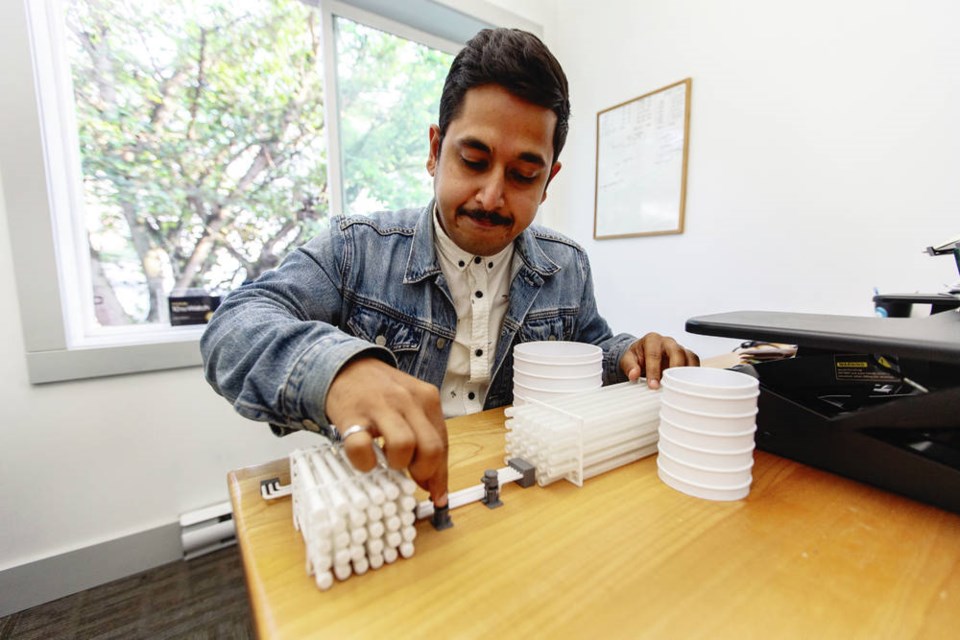A $2.8-million infusion of cash is likely to triple the size of a Victoria clean-tech firm, but it’s what it could mean for a cleaner planet that has fired up its founder. Devesh Bharadwaj, chief executive of Pani Energy, said the federal grant it just received will speed up the pace of the young company’s global expansion.
“We really see this as way to tackle climate change, that’s what keeps us so excited every day,” said Bharadwaj. “Industrial efficiencies are a big way to help solve climate change, because it takes a tremendous amount of [greenhouse gases] to treat this wastewater. So any impact we can make there makes a significant impact for global change.”
Pani Energy has created technology that uses artificial intelligence and machine learning to enhance water-treatment systems in industrial sites like pulp and paper mills, auto plants and municipal facilities.
The technology provides real-time information to the operators, allowing them to make the system more efficient. That’s a big deal, because many treatment centres around the world use old systems and antiquated tools, making them inefficient and expensive to operate.
Funding from Sustainable Development Technology Canada will allow Pani, which has just started to commercialize its product, to expand its team in Victoria and speed up rolling out the technology to industrial clients across Canada and around the Asia-Pacific region.
The company already has seven plants using the technology and several others signed up to start, but Bharadwaj has his eye on thousands of plants with outdated treatment systems around the world.
He estimates global deployment of the technology could reduce greenhouse-gas emissions by 200 megatons each year — the equivalent of taking 43 million cars off the road.
It would also reduce power consumption and the operating costs for the industrial clients.
“Pani’s work on developing optimization tools for water treatment plants will allow plant owners to reduce their energy and chemical use. Their goals are ambitious and SDTC is here to help them meet and exceed them,” said Leah Lawrence, chief executive of SDTC.



